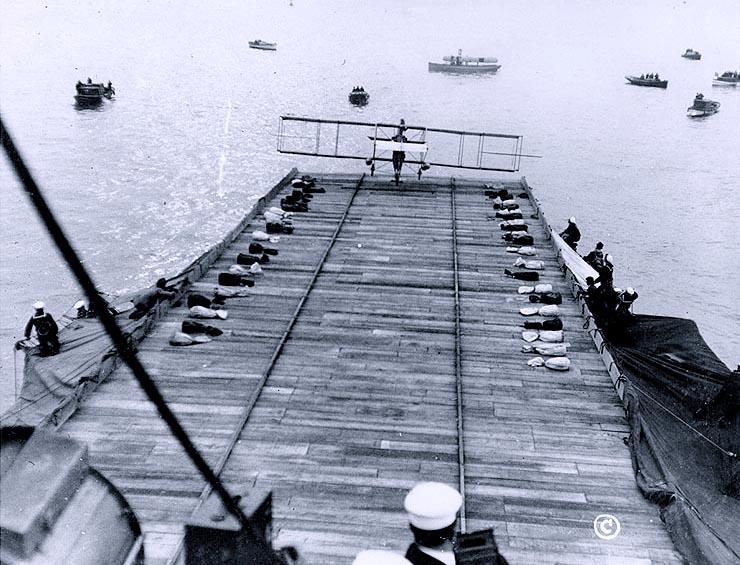The movie Top Gun, directed by Tony Scott and starring Tom Cruise, was released in 1986.
The movie tells the story (spoiler alert!) of a hot-shot but troubled U.S. Navy pilot (whoops, "naval aviator") who gets sent to an elite dogfighting academy where he trains with the "best of the best," stumbles, then overcomes his demons and makes the "bogeys" (the bad guys) "bug out" (go home, defeated and humiliated). It's terrific! Of course it's on Netflix, but it's on TV seemingly every seventeen days.
Sure, and okay, but so what? You can't show the movie in class (it's 1hr, 50 min.!), but you can certainly play this video (3:30) of "Highway to the Danger Zone" when your students come to class on the day of your lesson on the Wright Brothers' first flight.
After first calling class to order and telling them what they will learn that day, show your students this video (7:40) that tells the story of the Wright Brothers and includes an interview with author David McCullough, who wrote a recent biography of the pair.
Second, teach about the Wright Brothers with primary sources. Wright State University in Dayton, Ohio (hometown to the Wrights) has an excellent set of primary sources you can share with your students, as does the Library of Congress and Smithsonian Institution.
Finally, as one example of the impact of the Wright Brothers' first flight, show them this picture.
 |
| Source: U.S. Naval History @NavyHistory News, posted 18 Jan. 2016 at 5:16pm |
It shows Naval Aviator Eugene Ely in 1911 as he lands the first aircraft onboard a U.S. Navy ship, and then flies off again. Cool! Just like Maverick did when he went back to help Cougar land his plane!
The implication of the photograph is clear: shortly after the technology became practical, one of the areas where it was adopted was in the military. Thus students can draw a straight line between the Wright Brothers' first flight in 1903 to its use during World War One.
PS: If you liked Top Gun, great news: A sequel is in the works!

No comments:
Post a Comment